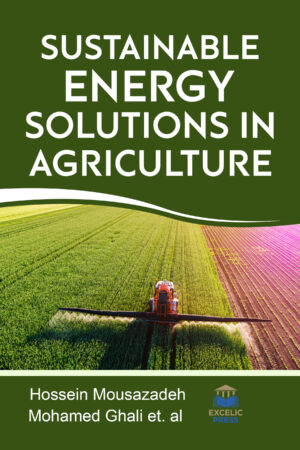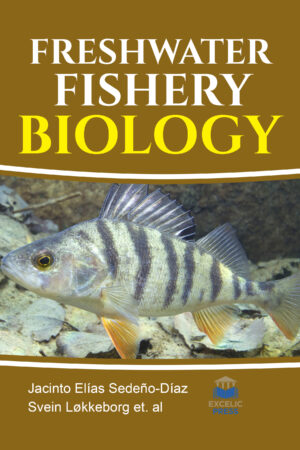Description
Over the past decade, plant metabolomics has undoubtedly become a powerful research tool to study the biochemical mechanisms underlying plant growth and development in the context of plant metabolite responses to abiotic stress, particularly drought, flooding, salinity, and extreme temperatures. In recent years, the use of metabolite profiling techniques in detection, unambiguous identification, quantification, and rapid analysis of the minute quantity of cellular macromolecules has increased considerably. Metabolomics is the key to understand the chemical footprints during different phases of growth and development of plants. To feed the ever-increasing population with limited inputs and in a rapidly changing environment is the biggest challenge that the world agriculture faces today.
This book sheds light on the developing area of bioinformatics tools for the interpretation of metabolome and microbiome. To achieve the project’s genetic gains, the breeding ways using marker-assisted choice for high-yielding varieties and distinguishing Germplasm immune to Abiotic and organic phenomenon stresses are already modish. Henceforth, new approaches are required to find and deploy agronomically necessary gene/s which will facilitate crops higher face up to weather extremes and growing cuss prevalence worldwide. In this context, metabolic engineering technology looks a viable option, with immense potential to deliver future crops. This book will provide an update on recent studies of plant responses to drought, salt, and heat stress as well as combinations thereof. It will describe how these abiotic stress combinations activate and coordinate several different signaling pathways, for example, through the synthesis of osmolytes, in order to ensure plant survival. Microbial communities play a central role in virtually every biogeochemical cycle on earth, driving global carbon and nutrient cycling with direct feedback on ecosystem functioning and productivity. A multitude of microorganisms also associate with higher organisms and collectively function as a microbiome. It is now well established that every higher organism investigated, from plants, insects, and fish up to mice, apes, and humans harbor a microbiome Most eukaryotes develop close interactions with microorganisms that are essential for their performance and survival. In this respect, many studies in the last decades have shown that plant-microbe interactions are not only crucial for better understanding of plant growth and health, but also for sustainable crop production in a changing world. This book presents current and future perspectives for plant microbiome as well as information gaps in this emerging research field. The book addresses all the major mechanisms by which endophytes are considered to influence plant growth and health.





